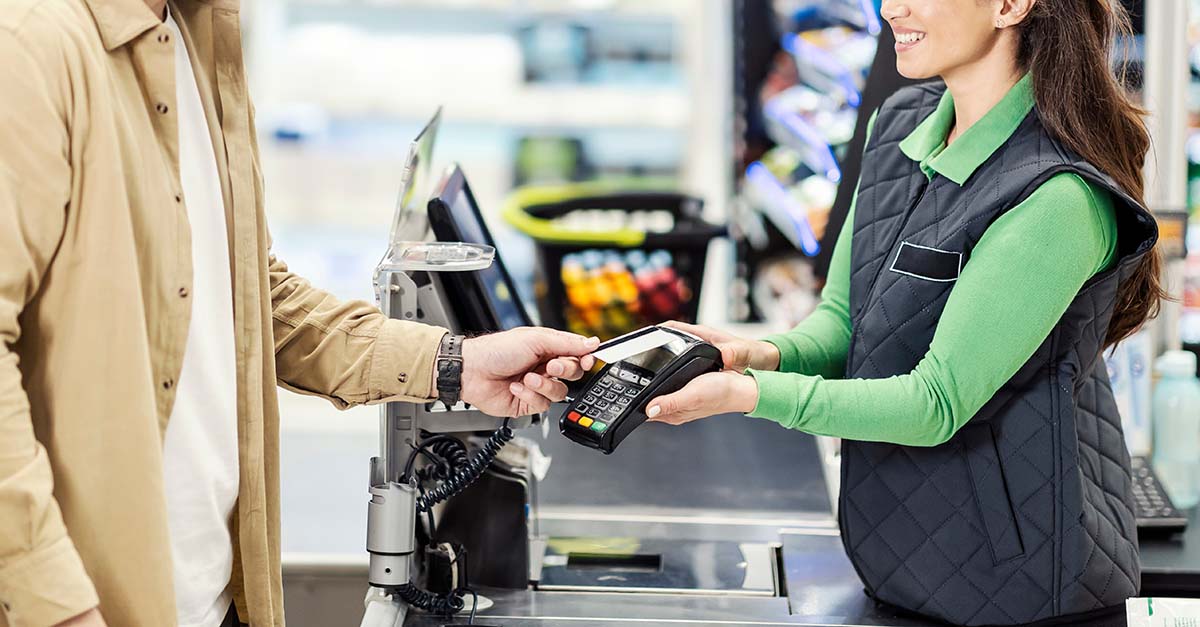Tracking retail fuel trends: September 2024
Aligned with year-over-year trends, we observed low sign prices and foot traffic at U.S. stations. October should hold more of the same.

Dr. Thomas Weinandy
Tracking retail fuel trends: September 2024
I’m Dr. Thomas Weinandy, senior research economist at Upside. Together with our retailer analytics team, I’m excited to present Upside’s first monthly trend tracker for the fuel industry.
With these updates, we’re going to highlight the key themes in fuel for the month — seasonal price changes, shifts in profit margin, and regional variations in foot traffic. In this update, we’ll consider the data from September 2024 and offer October predictions for the industry. Going forward, I’ll publish these insights and our takeaways at the beginning of each month to help brands, wholesalers, and station owners make informed business decisions.
Last month’s data
Low prices, but solid margins
Each year as summer driving season ends, stations begin switching over to their cheaper winter fuel blends. That brings a seasonal drop in sign prices, one that we observed once again in September 2024. Month-over-month, sign prices — the amount a consumer pays for fuel — were down across the country by about 19 cents per gallon in September, with regular grade prices now averaging $3.17 per gallon in America.

Note that the West hasn’t seen the same decrease in sign prices that’s occurring in the rest of the country. Why could that be? Each year, stations in sunny California generally don’t fully switch to their winter fuel blends until late October. That causes the region’s prices to temporarily trend out of step with the rest of the country.
You can also see that rack prices — the amount of money the station pays to buy the fuel it sells — dropped by about 20 cents per gallon nationally, with the Northeast experiencing the largest decline. Consistent with the fact that most stations in the West are still using summer fuel blends, the rack price changed the least in that region.
When you consider everything that happened in September — sign prices largely fell, but rack prices fell by more, and there were small but negligible changes in transaction fees and taxes — we’re left with a month-over-month increase in the national average profit margin for fuel stations. Nationally, regular margins increased by 1.6 cents, leaving retailers with an average profit margin of 34 cents per gallon, up almost 14% year-over-year.
So although sign prices dropped, most retailers were still making more money on each gallon, on average — that is, except for stations in the Midwest. They were actually experiencing lower margins during September, unlike stations in the rest of the country. Why? To be honest, we’re not exactly sure. It could be due to a refinery outage in Illinois that led to an EPA waiver, but that doesn’t explain the fact that the largest drops in margin in that region came from Wisconsin and Ohio. Some trends are hard to explain, even for economists — we’ll be keeping an eye on this in the coming months and report back if anything noteworthy happens.
One thing we can be sure of, though: Fuel demand is in decline. Year-over-year, fuel transactions declined by 6% in the continuation of a steady, long-term decline in liquid fuel demand going back to 2019. The Midwest region saw the biggest drop in transactions, followed by the South; though transactions fell across the board, the drops were lower in the Northeast and in the West than the national average.
Along with fewer visits to the pumps, we also observed fewer visits inside convenience stores. Nationally, c-store visits were down 3.4% in the month of September, a trend aligned with seasonal patterns.
The Northeast experienced the steepest decline with a 4.5% drop in c-store transactions, while the Midwest’s 2.3% fall was the least drastic. In part, that was due to the resilience in c-store transactions in Great Plains states like Kansas and North Dakota. Despite declines in fuel transactions, each of those states experienced less than a 1% drop in c-store transactions in September.
Predictions and considerations
Expect continued downward pressure on sign and rack prices
What can we expect as we look forward to October?
Though it’s impossible to predict perfectly, we can rely on historical context and our knowledge about current events to make educated guesses. Typically around this time of year, the weather gets colder and there are fewer people on the road compared to summer. For those reasons, we see continued declines in fuel and c-store demand.
Potential tailwinds:
1. High domestic consumer income could keep fuel demand stable, even amid seasonal drops.
2. Slower economic activity abroad may keep crude oil prices low, which would translate to lower domestic sign prices.
Potential headwinds:
1. Heightened tensions in the Middle East could disrupt the global oil supply, driving up prices. In that instance, retailers would likely hesitate to fully pass on price increases to consumers and instead allow their own profits to temporarily drop.
2. Weather always plays a major factor in the fall. September is historically the peak of hurricane season, but in 2024, things were unusually quiet in the Southeast until Hurricane Helene’s landfall at the end of the month.
On the whole, we can expect continued downward pressure on sign prices and rack prices. In California, where stations will complete their transitions to the winter blend by the end of October, we anticipate additional price drops.
As for margin expectations, we foresee margins remaining higher than average, due to the lag between rack price decreases and retail price adjustments. It usually takes one or two weeks for changes in rack prices to be fully reflected in sign prices.
Though high margins make for good news for retailers, lower transaction volume is always cause for concern. For that reason, we anticipate retailers won’t be able to fully take advantage of the healthy per-gallon economics in October.
Want a closer look at the data?
Check out our content hub with all our fuel monthly updates, plus special industry reports.
Share this article:
Dr. Weinandy is a Senior Research Economist at Upside, providing valuable insights into consumer spending behavior and macroeconomic trends for the fuel, grocery, and restaurant industries. With a Ph.D. in Applied Economics, his academic research is in digital economics and brick-and-mortar retail. He recently wrote a book on leveraging AI for business intelligence.
Request a demo
Request a demo of our platform with no obligation. Our team of industry experts will reach out to learn more about your unique business needs.

















